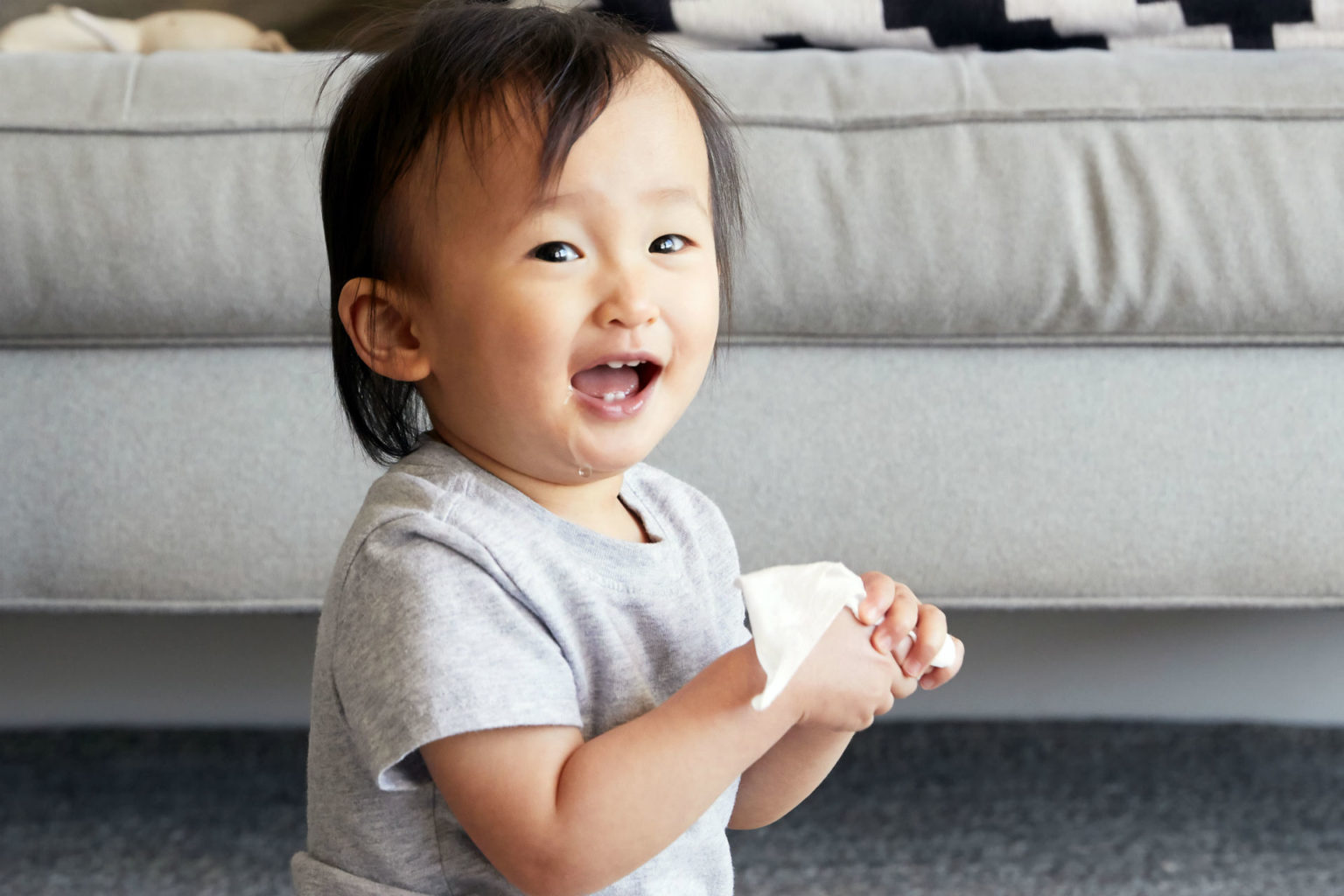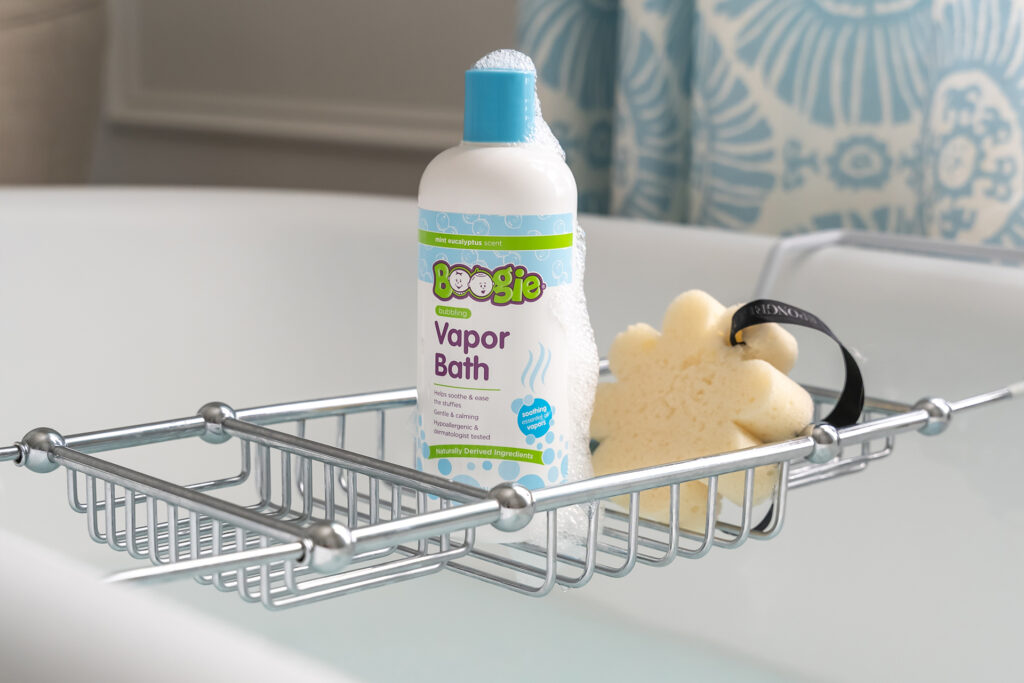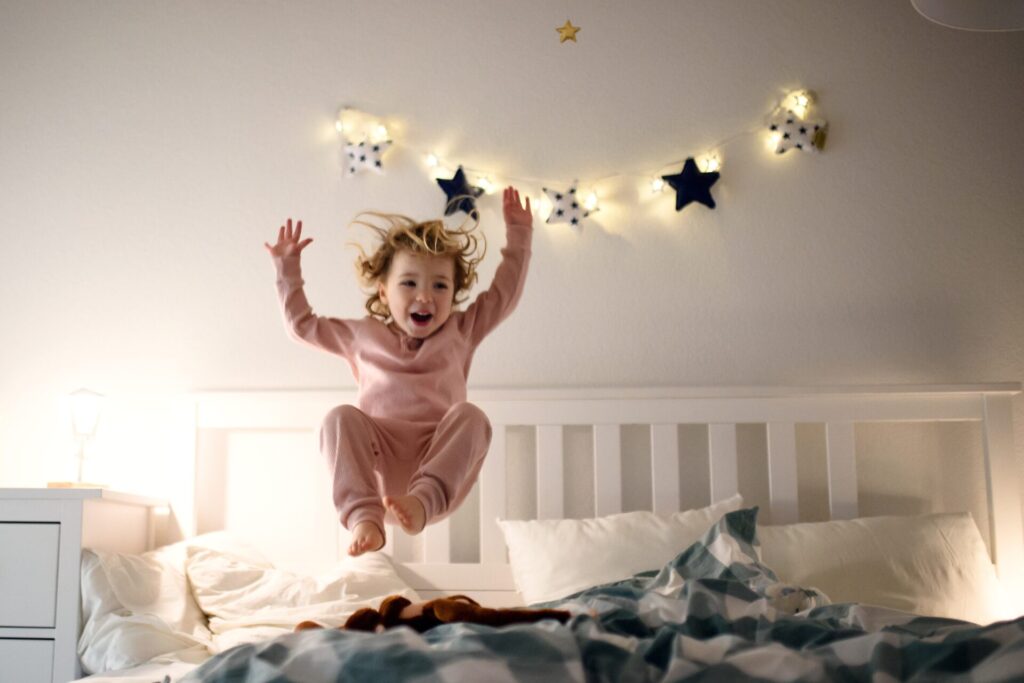Large muscle development
The body's large muscles are used for crawling, sitting up and walking.
By using their large muscles, babies can move around by themselves and explore their worlds. The more control babies develop over their large muscles, the more independent they become.
Small muscle development
Small muscles control many things, including the hands and feet. Learning to grasp and let go of things, and learning to use their hands together are important developments which also help babies explore and learn about their world.
Control over muscles begins at the top of the body and moves downward. Babies learn to keep their heads steady, then their necks, then their mid-sections. Control also begins at the centre of the body and moves outward, so control of the hands and feet comes later.
Large muscle development
Birth to 2 months:
Babies move in the first few months of life, but their movements happen because of reflexes. For example, when babies move their arms and legs when they are startled, they are not deciding to move on their own.
These movements are part of the startle reflex. These early reflexes are soon replaced by controlled movements.
3 to 4 months:
First, babies learn to control their heads and necks. By three to four months, your baby can lift up her (or his) head, shoulders and chest, and extend her arms while lying on her tummy.
4 to 12 months:
Your baby learns to roll, bring her feet up to her mouth while lying on her back and, later, to sit up. Later still, your baby learns to creep, crawl, climb, and stand up.
Small muscle development
Birth to 4 months:
The grasp of a newborn baby is only a reflex.
4 to 9 months:
Babies learn to control their grasp so they can get and hold on to things they want. Some babies have quite a strong grasp. Gradually, your baby's grasp includes the thumb and finger.
About 10 months:
Your baby can use her first finger to point and poke.
8 to 12 months:
After learning to pick up things, babies then learn to let go of things on purpose. Then, they learn to aim where they will let things go. This lets them do things like fill up containers and stack toys.
Babies also learn to use their hands together at this stage. Later, babies learn to move their hands in opposite directions.
2 to 3 years:
The toddler learns to control a crayon at about this age. Pre-schoolers can learn to copy block structures and simple shapes and to draw simple lines. As they grow into preschoolers, children can use their hands together, to thread beads and cut with children's scissors.
Remember to supervise your child to prevent choking and make sure she is safe when she plays.
Small & large muscle development
3 to 4 years:
A four-year-old child can throw a ball overhand, and catch a small ball with both hands. Four-year-old children can usually button and unbutton large buttons, lace their shoes, and colour within the lines of a picture in a colouring book fairly well.
5 years:
A five-year-old child can walk on a straight line, and throw a small ball overhand in the direction of a person standing at least six feet away. Five-year-old children can use a pencil or crayon to trace a heavy line for about seven centimetres without going off the line more than two times. A five-year-old child can copy her own name when she sees it printed.
5 to 6 years:
Children between five and six years old can usually walk on a balance beam and run on their toes without losing their balance. At six years, children can skip on alternating feet, and jump rope.
Six-year-old children can print numerals and colour within lines very well. They can paste and glue, and thread up to 12 small beads. EY










